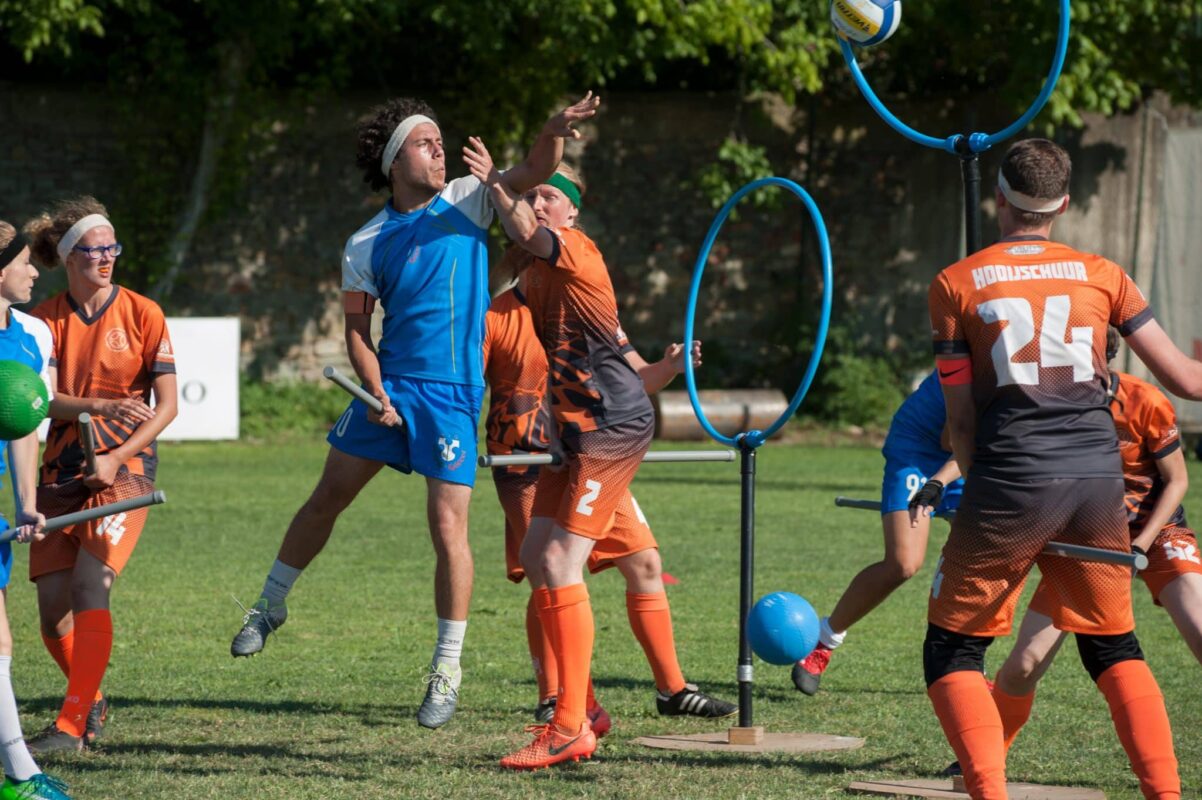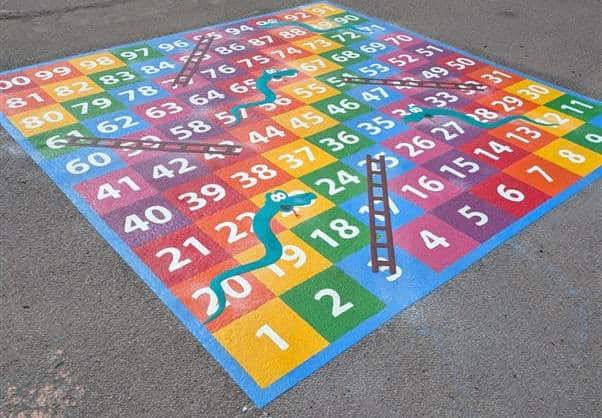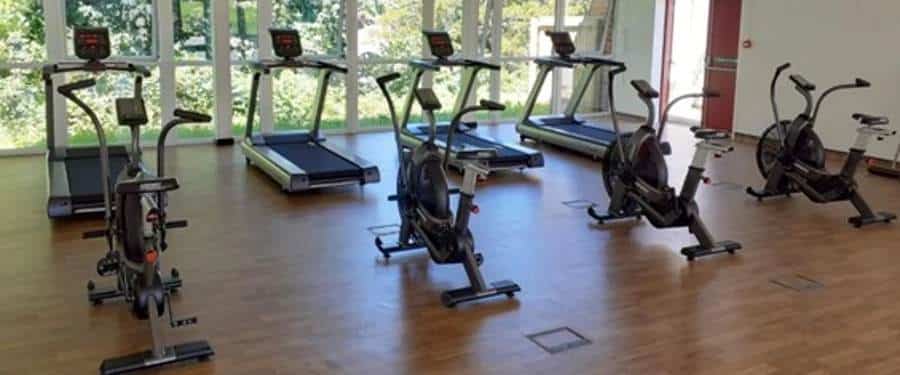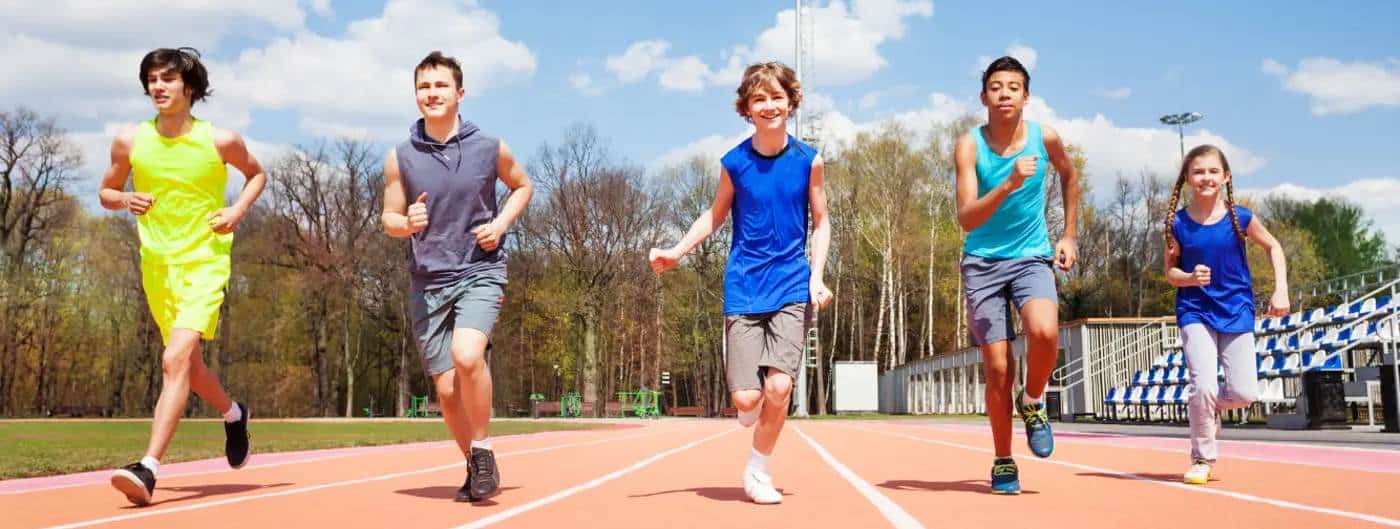[row]
[col span__sm=”12″]
[row_inner]
[col_inner span=”6″ span__sm=”12″ divider=”true” padding=”0px 0px 0px 0px” margin=”0px 0px 0px 0px”]
[ux_text class=”article-intro”]
Apart from the alliterative ‘b’… Benjamin Button and balance have much in common. Benjamin’s experience emphasises the cyclical nature of Life – just as babies born without balance skills, progress to peak balance in mid-life, and lose balance capability in old age.
However, the good news is that, whereas Benjamin had to go with the flow, focussing on your balance skills at any stage can reap life-changing and even life-extending health, wellbeing and fitness rewards. Become better with balance!
[/ux_text]
[ux_banner height=”446px” height__sm=”600px” bg=”18661″ bg_size=”original” bg_color=”rgba(0, 0, 0, 0)”]
[text_box width=”61″ width__sm=”86″ position_x=”50″ position_y=”95″]
[ux_text font_size=”0.75″ line_height=”3″ text_align=”center”]
‘The take-home lesson is to work on your balance before you need to, not after it becomes an issue…’
[/ux_text]
[/text_box]
[/ux_banner]
So, what exactly are we dealing with? What is balance?
Balance is the ability to maintain a controlled body position during task performance, whether it is sitting at a table, walking the balance beam or stepping up onto a kerb. To function effectively across environments and tasks, we need the ability to maintain controlled positions during both static (still) and dynamic (moving) activities.
Balance is the complex interaction of several different systems in your body – from muscles, nerves, eyesight and the inner ear to the sensory system that lets you recognise where your body is touching the ground, along with movement receptors within your joints that tell you where your body is in space. It’s not something we’re born with, but also it’s not something we learn in the same way as speech – not quite a sense or a skill, but an ability that we gain early and lose over time.
The interesting thing about balance is that it is the silent partner in so many fitness activities. Also, just as good balance aids fitness…so better fitness improves balance. The trick is to break into being capable of balancing in the first place!
[/col_inner]
[col_inner span=”6″ span__sm=”12″ padding=”10px 10px 10px 10px” bg_color=”rgb(234, 234, 234)”]
With this in mind, which skills help us to learn to balance better?
- Attention and concentration: The ability to maintain attention to a specific task.
- Body Awareness: Knowing body parts and understanding the body’s movement in space in relation to other limbs.
- Bilateral integration:Using two hands together with one hand leading: e.g. holding a tennis racquet.
- Crossing Mid-line:The ability to cross the imaginary line running from the nose to pelvis that divides the body into left and right sides
- Hand eye coordination:The ability to process information received from the eyes to control, guide and direct the hands.
- Hand Dominance:The consistent use of one (usually the same) hand for refined tasks.
- Muscular strength:A muscle’s ability to exert force against resistance.
- Muscular endurance: To allow sustained physical task engagement.
- Self-regulation:The ability to obtain, maintain and change alertness level.
- Postural Control:The ability to stabilize the trunk and neck to enable coordination of the limbs.
- Body Awareness (Proprioception):Information processing by the brain to allow skills to become ‘automatic’.
- Sensory processing:The accurate processing of sensory stimulation in the environment.
- Isolated movement:The ability to move an arm or leg while keeping the remainder of the body still.
Using these skills improves balance and, as balance develops, these skills become stronger and stronger. It is all a complex interactive process but it is key to everything we do.
It is clear that it is never too early (or too late) to work on your balance skills for the benefit of your mental and physical health and fitness.
Balance skills affect social interaction as well as sporting prowess. For example, young children with poor balance sometimes find it difficult to participate in activities at nursery and primary school or in the playground, which can lead to a sense of isolation or low self-esteem and invite bullying behaviour from insensitive and immature others. Being a bit wobbly on the climbing frame, trembling on the trikes or falling over often can reduce confidence and attempts to gain these skills. Careful supervision and support in activities is vital so that this essential learning stage is not lost.
[/col_inner]
[/row_inner]
[/col]
[/row]
[row padding=”0px 0px 0px 0px”]
[col span__sm=”12″]
[ux_banner height=”650px” bg=”24149″ bg_overlay=”rgba(0, 0, 0, 0.36)”]
[text_box width=”58″ padding=”0px 0px 0px 15px” position_x=”0″ position_y=”100″ text_align=”left” text_depth=”5″ visibility=”hide-for-medium”]
[ux_text text_align=”left”]
Teachers and parents can help boost both skills and self-esteem
[/ux_text]
[row_inner]
[col_inner span=”6″ span__sm=”12″ divider=”true”]
- Explicit teaching of mechanics: Correct alignment of the body in order to maintain balance (e.g. aiming at and facing the body towards the target when throwing).
- Strengthen the ‘core’ namely the central muscles of the body to provide greater body (especially trunk) stability.
- Simplify tasks
[/col_inner]
[col_inner span=”6″ span__sm=”12″]
- Improve muscle strength to allow for better muscle control for speed and direction of movement.
- Improve muscular endurance to increase the length of time with which the child can maintain balance and coordination.
- Improve sensory processing
[/col_inner]
[/row_inner]
[/text_box]
[text_box width=”51″ width__md=”60″ padding=”0px 0px 0px 15px” position_x=”0″ position_x__md=”20″ position_y=”100″ text_depth=”5″ visibility=”show-for-medium hide-for-small”]
[ux_text text_align=”left” text_align__md=”center”]
Teachers and parents can help boost both skills and self-esteem
[/ux_text]
[row_inner]
[col_inner span=”6″ span__sm=”12″ divider=”true”]
- Explicit teachingof mechanics: Correct alignment of the body in order to maintain balance (e.g. aiming at and facing the body towards the target when throwing).
- Strengthen the ‘core’namely the central muscles of the body to provide greater body (especially trunk) stability.
- Simplify tasks
[/col_inner]
[col_inner span=”6″ span__sm=”12″]
- Improve muscle strengthto allow for better muscle control for speed and direction of movement.
- Improve muscular enduranceto increase the length of time with which the child can maintain balance and coordination.
- Improve sensory processing
[/col_inner]
[/row_inner]
[/text_box]
[text_box width=”51″ width__sm=”86″ scale__sm=”96″ padding=”0px 0px 0px 15px” padding__sm=”0px 0px 0px 0px” position_x=”0″ position_x__sm=”5″ position_y=”100″ position_y__sm=”95″ text_depth=”5″ visibility=”show-for-small”]
[ux_text text_align=”left” text_align__sm=”center”]
Teachers and parents can help boost both skills and self-esteem
- Explicit teachingof mechanics: Correct alignment of the body in order to maintain balance (e.g. aiming at and facing the body towards the target when throwing).
- Strengthen the ‘core’namely the central muscles of the body to provide greater body (especially trunk) stability.
- Simplify tasks
- Improve muscle strengthto allow for better muscle control for speed and direction of movement.
- Improve muscular enduranceto increase the length of time with which the child can maintain balance and coordination.
- Improve sensory processing
[/ux_text]
[/text_box]
[/ux_banner]
[/col]
[/row]
[row]
[col span=”6″ span__sm=”12″ divider=”true”]
The sooner the child encounters, and is supported to try out, a variety of balance experiences, the sooner these essential skills can start to develop. Fortunately, there is a vast range of quality, specifically designed, inviting Early Years equipment available to make these experiences fun and inclusive for every child. Balance issues can be sorted discreetly and everywhere in the environment so no one needs to be left behind.
Similarly, primary schools do well to recognise how play and PE are not just about physical fitness and sport but also about improving and joining-the-dots for general movement, balance and confidence – which aid all fine and gross motor skills. Climbing frames and balance challenges, inside and out, need to be a continuous feature of every school day. Ideally, balance development opportunities should be integrated into general movement around school, formal lessons and free time. Parents can also help immensely by encouraging easy, everyday balance games at home – walking along lines, hopscotch, stepping stones, handstands, cartwheels, hopping, skipping, French skipping and rolling. Worth having a look at the advice and resources available from experts in balance, such as Great Britain’s greatest ever gymnast, Max Whitlock. Balance should not be boring and the professionals can help you to make it a fun core activity at home for your children.
[ux_banner height=”314px” height__sm=”600px” bg=”18661″ bg_size=”original” bg_color=”rgba(0, 0, 0, 0)”]
[text_box width=”59″ width__sm=”86″ position_x=”50″ position_y=”90″]
[ux_text font_size=”0.75″ line_height=”1.55″ text_align=”center”]
Overall, when it comes to balance, in the words of Benjamin Button,
‘it’s never too late or, in my case, too early to be whoever you want to be’
[/ux_text]
[/text_box]
[/ux_banner]
Move on to the teenage and adult years; keep that balance to the fore!
The ‘British Journal of Sports Medicine’ published the results of a decade-long study involving more than 1,700 middle-aged participants….the amount of bodily systems involved in balance suggests that actively maintaining it is likely to keep other problems at bay.
Yoga can improve your flexibility as well as your ability both to hold your body steady and to perform disciplined movements. Tai Chi, a series of fluid, choreographed movements and poses, increases your balance while building muscle strength and stamina. Pilates exercises build strong core muscles and flexibility, essentials for good posture and balance. Because muscle strength is so crucial, you can build balance with strength training—using free weights, machines, bands or simply your body weight through activities like stair-climbing, walking and cycling. Stretching and core exercises help improve posture and balance.
[/col]
[col span=”6″ span__sm=”12″ divider=”0″ align=”center” bg_color=”rgb(255,255,255)” sticky=”true” class=”article-stick”]
[section padding=”0px”]
For a better experience,
you can try these…
[ux_product_categories style=”default” type=”row” width=”full-width” columns=”2″ ids=”83,100,514,271,106,120,118,119″]
[/section]
[/col]
[/row]





